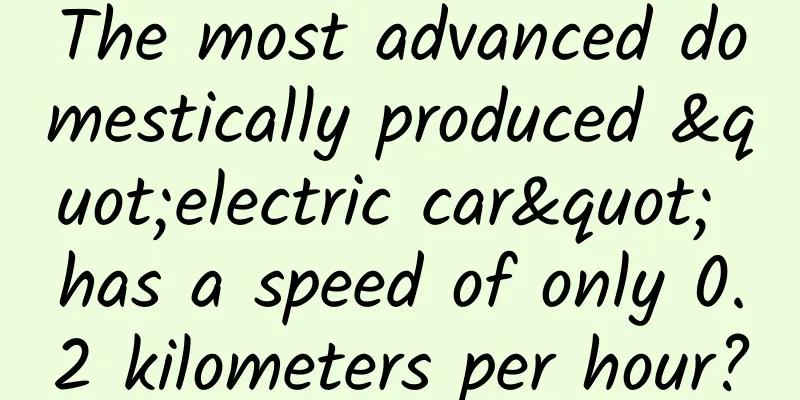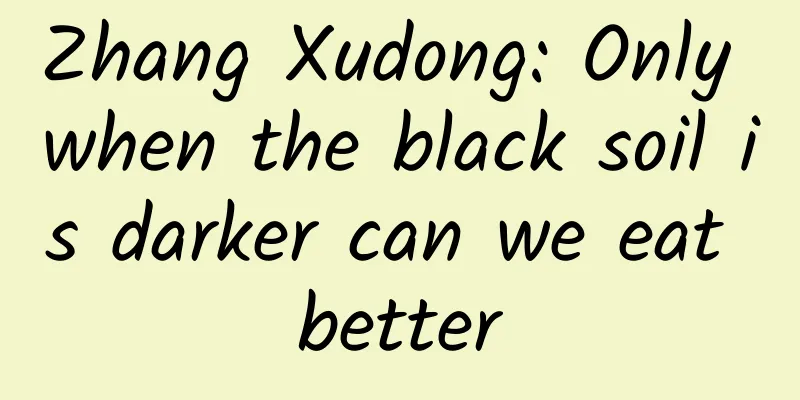Difference between FragmentPagerAdapter and FragmentStatePagerAdapter

|
FragmentPagerAdapter and FragmentStatePagerAdapter are both adapters used to adapt data to ViewPager in Android development. There are significant differences between the two in the way they use and manage Fragments. When switching Fragments, FragmentPagerAdapter does not destroy the Fragment, but only calls the detach method in the transaction. Therefore, the view of the Fragment will be destroyed, but the instance of the Fragment will remain in the FragmentManager. The Fragments created in this way will never be destroyed, which is suitable for some static Fragments, such as a group of tabs. This may also cause the application to occupy too many resources when the number of Fragments is large. When switching between different fragments, FragmentStatePagerAdapter will destroy the fragments that are no longer needed. Before destroying the fragment, the state information of the fragment (saved by the onSaveInstanceState(Bundle) method) will be saved in the Bundle. After switching back to the original page, the saved state can be used to restore and generate a new fragment. It is suitable for scenarios with a large number of pages or where fragments need to be loaded and destroyed dynamically, and can effectively manage memory usage. FragmentPagerAdapter source code In the instantiateItem method, the main thing is to add the Fragment to the FragmentManager. If it is not added to the FragmentManager, the add operation is performed, and if it is added to the FragmentManager, only the attach operation is performed. In the destroyItem method, only the detach operation is performed. The detach operation does not destroy the Fragment, and the Fragment is still managed by the FragmentManager. FragmentStatePagerAdapter source codeFragmentStatePagerAdapter stores Fragments through an mFragments array and stores the state of Fragments when they are destroyed through the mSavedState array. The Fragment obtained through position may be empty (recycled). If it is empty, the getItem method will be called again to recreate a new Fragment, and then the state stored in mSavedState will be reassigned to the new Fragment to achieve the effect of Fragment recovery. When the item is not visible on the page, the state of the Fragment will be saved to mSavedState first, and the Fragment instance will be destroyed. SummarizeFragmentPagerAdapter and FragmentStatePagerAdapter are both adapters used with ViewPager in Android development. Similarities:
Differences: (1) Fragment destruction strategy:
(2) State preservation and restoration:
The main difference between FragmentPagerAdapter and FragmentStatePagerAdapter is how they manage the Fragment lifecycle. The former retains the Fragment instance, which is suitable for scenarios with a small number of Fragments and do not need to be created and destroyed frequently; the latter destroys the Fragment when it is no longer needed, which is suitable for scenarios with a large number of Fragments or those that need to be loaded and destroyed dynamically. |
<<: Exploration and practice of Ctrip Hotel's unified cloud mobile phone platform
>>: The key to optimizing Bitmap memory usage: image resolution, folder storage and loading strategy
Recommend
When will Changsha pick stars in 2022? What is the specific time for unblocking? Attached is the latest news on the epidemic!
Recently, new cases have appeared in Shanghai, Jil...
A must-go place for tea drinking and tasting in Kunming, with its own high-end studio
Kunming tea tasting has its own studio. Recommend...
Foreign media: If you are still using an older model, it is worth upgrading to iPhone 13
According to foreign media macrumors, comparing t...
After nearly 20 years, the all-new BMW 8 Series will debut tomorrow night
The new generation BMW 8 Series will make its glo...
2 ways to optimize conversation structure with oCPC!
How to control traffic under oCPC smart bidding? ...
More than 1 billion people in the world lack this vitamin! If this physical examination index is lower than 30, be careful!
When 26-year-old Xiao Zhang (pseudonym) got his p...
APP Operation Tips | App Store "Clear Words" Remediation Guide!
As an APP promotion and operation, keyword covera...
Do you have to avoid certain foods when getting rid of acne? The answer may be different from what you think
Author: Tang Jiaoqing, attending physician of der...
For online operation and promotion, can the hit H5 that goes viral be replicated?
In the past two years, we have seen H5s produced ...
Are stubborn pests constantly "evolving"? Here's the solution: green pesticides!
Author: Huang Xianghong Duan Yuechu In the grand ...
How do plants without mouths "eat" nutrients?
Do plants also have mouths? Of course, if plants ...
Baidu bidding: It only costs 2400 to open an account with Baidu!
If you want to save your later advertising costs,...
In addition to the first wave of users who have the motivation to spread the word, you also need to know KOLs
Among the key communicators, in addition to the f...
Apple App Store data report: Why do taxi apps frequently fail to appear on the list?
It has been more than a week since the Didi Chuxi...
Many parts of my country have entered "barbecue" mode, and climate warming is the "culprit"
Recently, with the strong summer heat, many parts...




![[Smart Farmers] Awakening the "sleeping" saline-alkali land: These crops can also thrive in saline-alkali land](/upload/images/67f224fb70eca.webp)




